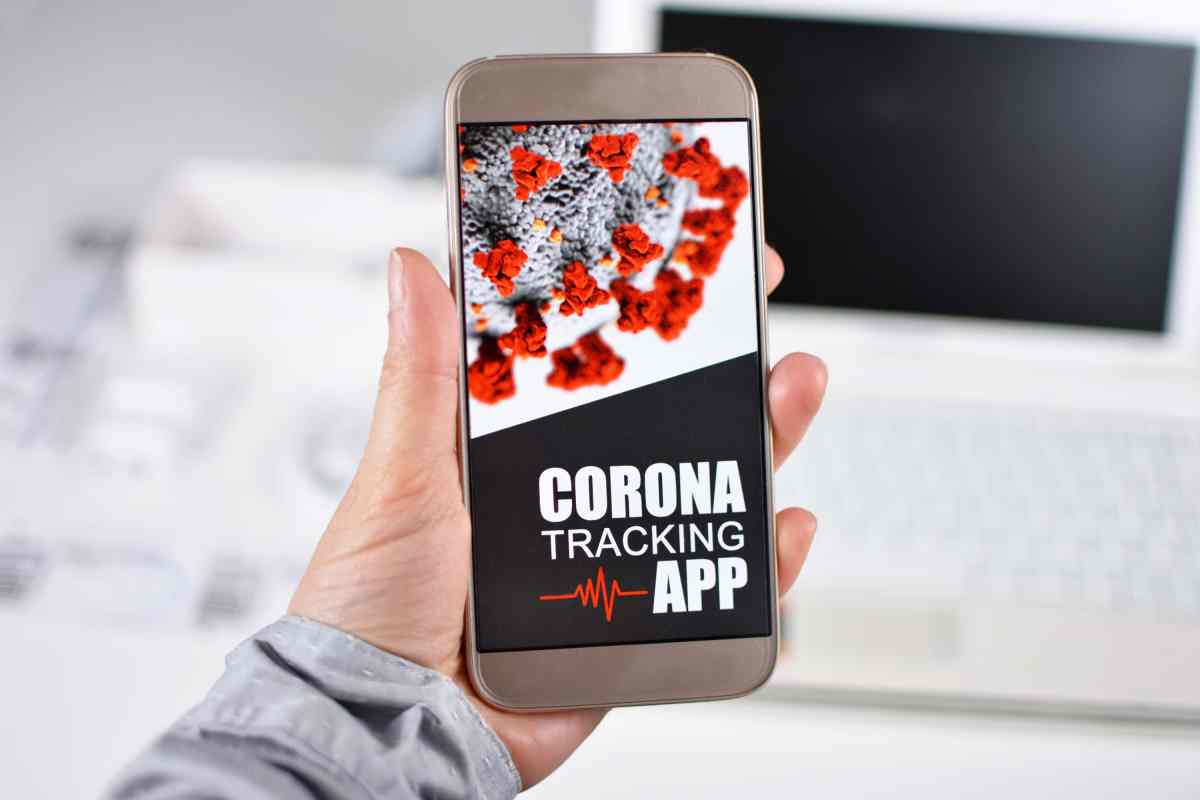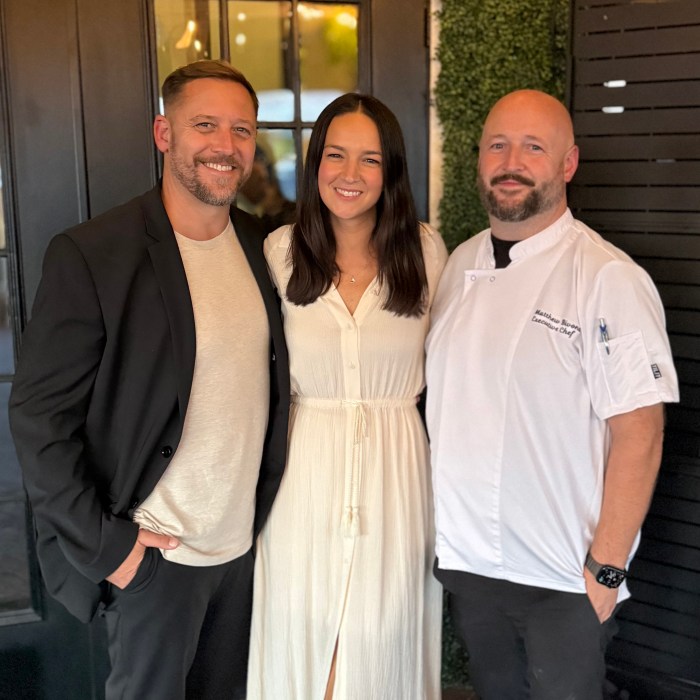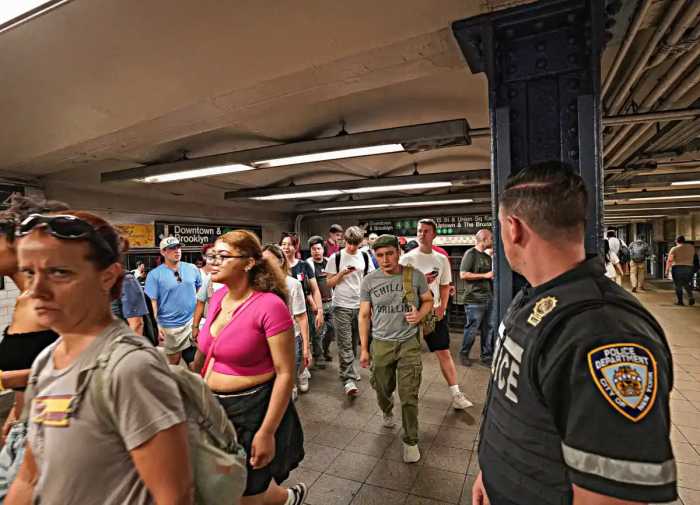Midway through the Super Bowl LIV pregame show the phone rang with an urgent message: A plane with passengers from China possibly exposed to coronavirus was about to land at John F. Kennedy International Airport.
Answering the Feb. 2 call was Dr. Lawrence Eisenstein, the Nassau County health commissioner, who quickly dispatched his team of contact tracers — disease detectives who track down who may have been exposed to someone with an infectious disease — to meet the passengers at the airport and put them in precautionary quarantine before they traveled to Long Island. Four months later, after the virus peaked in New York, hiring thousands more such investigators across Nassau and Suffolk counties to handle the increased caseload was a crucial benchmark that had to be met before the region could begin reopening from the coronavirus shutdown. But the work itself is not new.
“People keep referring to this all starting back in March,” Dr. Eisenstein tells the Press, recalling the first confirmed case in New York State on March 1. “Not for us it didn’t.”
Gov. Andrew Cuomo announced in April a partnership with former New York City Mayor Michael Bloomberg’s philanthropic organization and Johns Hopkins University to hire about 17,000 contact tracers statewide. Besides ensuring hospital bed space and lowering the COVID-19 hospitalization and death rates, one of the key seven metrics for regions to reopen was hiring 30 contact tracers per 100,000 residents.
Nassau officials said they had about 750 contact tracers as of May 26, the day before the region hit phase one of reopening, meaning the resumption of construction, manufacturing, agriculture, wholesaling, and curbside retail. Suffolk hired nearly 1,400.
“Typically before COVID … we have seven nurses that investigate diseases,” says Lauren Culver Barlow, bureau chief of Epidemiology and Disease Control of the Suffolk County Department of Health Services. “Certain diseases are important to investigate rather quickly.”
THE COVID BEAT
From AIDS to Zika, there are nearly 100 diseases that the state Department of Health and U.S. Centers for Disease Control mandate contact tracers probe on LI and statewide.
CommCare, the new software that the state has deployed for the coronavirus army of contact tracers, was operational in late May, officials said. While tech giants Google and Apple have drawn headlines for creating coronavirus tracking apps, the work of local contact tracers is largely old-school gumshoe work, albeit often over the phone while the investigators telecommute.
“Generally. we don’t go knocking on doors,” Barlow says. “Mostly we work by phone and computer.”
Once a contact tracer receives a report of a person testing positive for coronavirus, the first thing to do is check the date the patient first reported feeling symptoms. Then they’ll reach out to the patient to find out who the person has been around two days prior to that date, which is the period when patients are believed to be contagious. Disease detectives usually need to speak with patients’ household members, work contacts, friends, and anyone else the patient may have crossed paths with.
“We track down anyone in touch with that person two days prior [to symptom onset] and put them in 14-day precautionary quarantine,” Barlow says. “Then we check in daily to see how they’re doing. If they have no symptoms in 14 days, the quarantine period is lifted.”
Contact tracing can require the bedside manner of a good doctor and the sharp mind of a police detective.
“It’s a good idea to have some good communication skills so the people feel comfortable giving you the information,” Barlow says.
Some people, such as undocumented immigrants who fear being deported, are afraid to speak to a contact tracer. That can prove a difficult hurdle to overcome in places such as Brentwood, for example. The largely Hispanic community is the hardest hit on LI and home to 10 percent of Suffolk’s cases.
“Our people are very clear that we’re not passing judgement,” Dr. Eisenstein says. “We’re not the police, we’re simply trying to prevent the spread of disease.”
But he notes that sometimes, tracking people down requires a little extra legwork. For example, not everyone has a current address listed on the driver’s license, or the phone number may have recently changed.
And although the number of cases made containment impossible, prompting the New York on Pause mitigation measures intended to flatten the curve and lessen how overwhelmed the healthcare system got, disease detectives pressed on. Contact tracers have continued reaching out to each person diagnosed, which was nearly 80,000 people on LI as of press time.
Some question whether more should have been done sooner. A recent Columbia University study found that if the shutdown and social distancing mandates had been enacted a week earlier, up to 36,000 lives could have been saved nationwide. Cuomo has cautioned against Monday morning quarterbacking at halftime.
“We’re able to tell you how many cases occurred and unfortunately how many deaths occurred, but we’re never able to quantify for you how many cases did not happen because of the work that we do,” Dr. Eisenstein told reporters during a recent news conference.
WHAT’S NEXT
With the ramped-up contact tracing program in place, the goal is now to ensure there are enough disease detectives to reach out to patients more quickly and ensure those diagnosed are isolating to avoid further spreading the disease.
Those who don’t have space in their own home to isolate from their families are quarantined in local hotels. Monitoring the COVID-19 hospitalization and death rates are so-called regional control rooms, which will alter reopening plans if there’s a spike in cases that again swamps the Island’s nearly two dozen hospitals.
“We do not anticipate anything happening in a negative nature with respect to the metrics,” Suffolk County Executive Steve Bellone, who is on the control room panel, recently told reporters during one of his daily coronavirus news briefings. “I don’t think with these phase one activities we will see a significant uptick.”
His counterpart, Nassau County Executive Laura Curran, has signaled similar optimism as the county leaders each have been eager to safely reopen the economy. The control room’s chairman, New York State Economic Development Corp. Executive Chairman Eric Gertler, says the contact tracers will keep cases in check.
“The army of tracers we are assembling enables New York State to swiftly pinpoint sources of the virus, detect its possible path, and ultimately control the rate of new infections,” Gertler said in a statement. “Our ability to reopen the regional economy is directly related to our capacity to contain the virus.”
It seems the one certainty is that the response — what is known about the virus, and the virus itself — is sure to change.
“We are smart enough to know that we don’t know it all,” Dr. Eisenstein say. “So we’re gonna take the steps that we think are best. And as we get new info, we change the way that we respond.”
And if efforts to contain the pandemic — including any potential second or third waves — are successful, perhaps Dr. Eisenstin will actually get to watch the Super Bow next February.
Related Story: Long Island Coronavirus Death Toll Tops 4,000
For more coronavirus coverage, visit longislandpress.com/coronavirus
Sign up for Long Island Press’ email newsletters here. Sign up for home delivery of Long Island Press here. Sign up for discounts by becoming a Long Island Press community partner here.
































